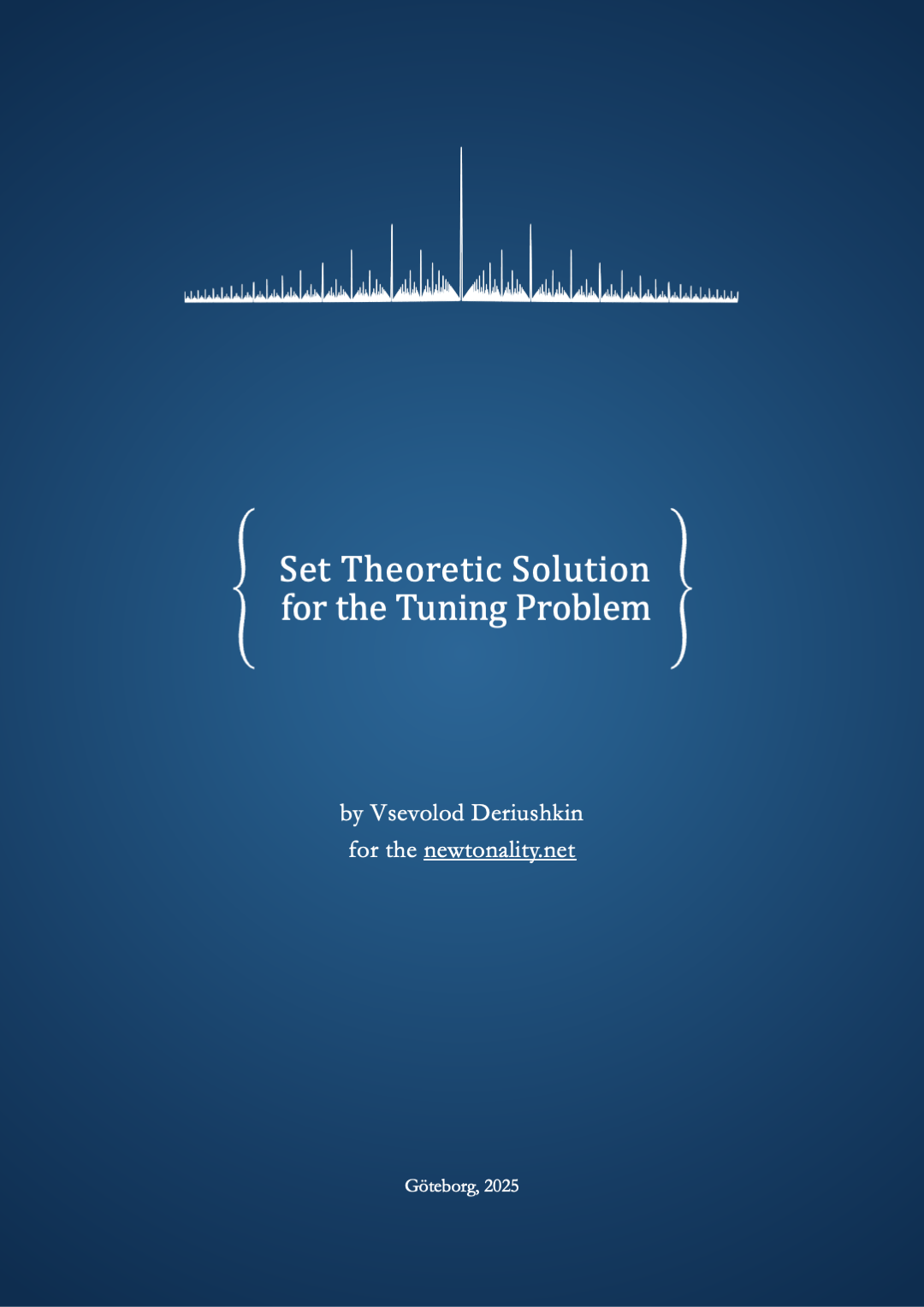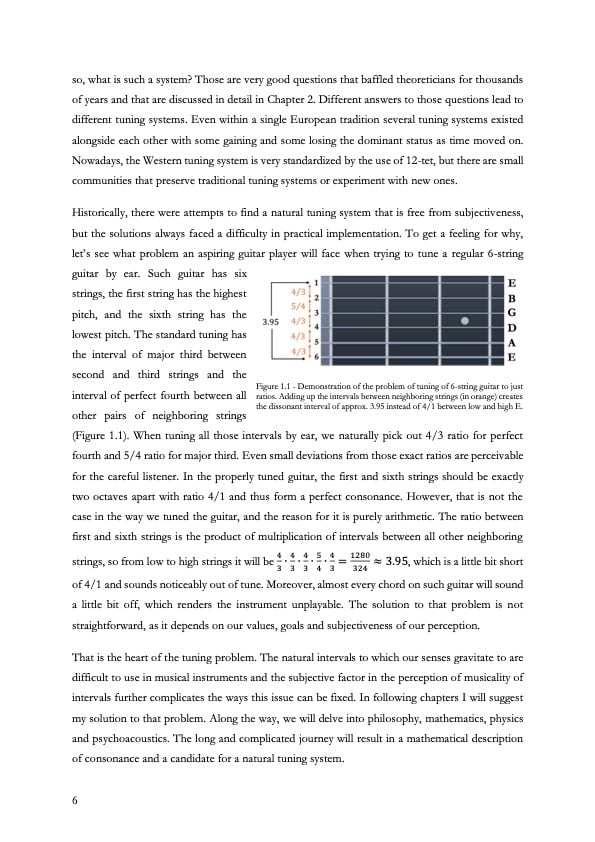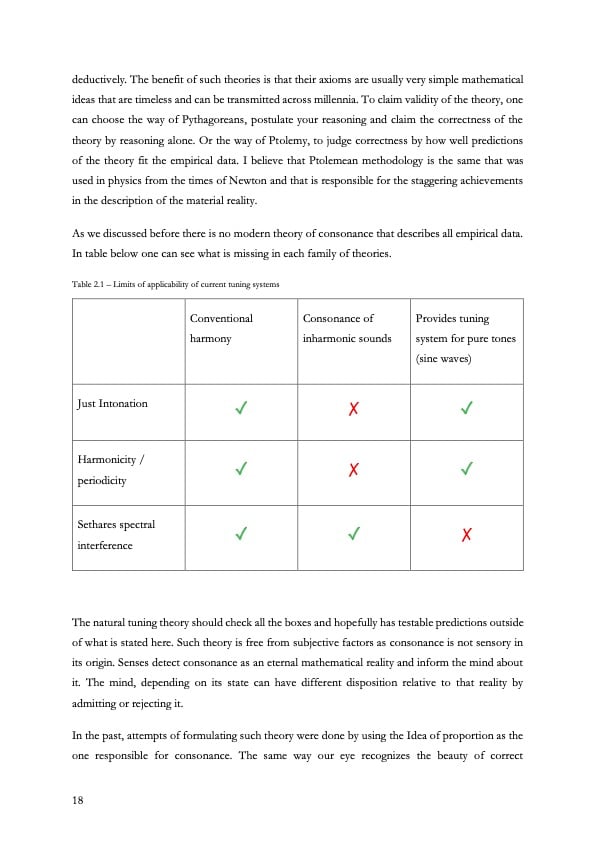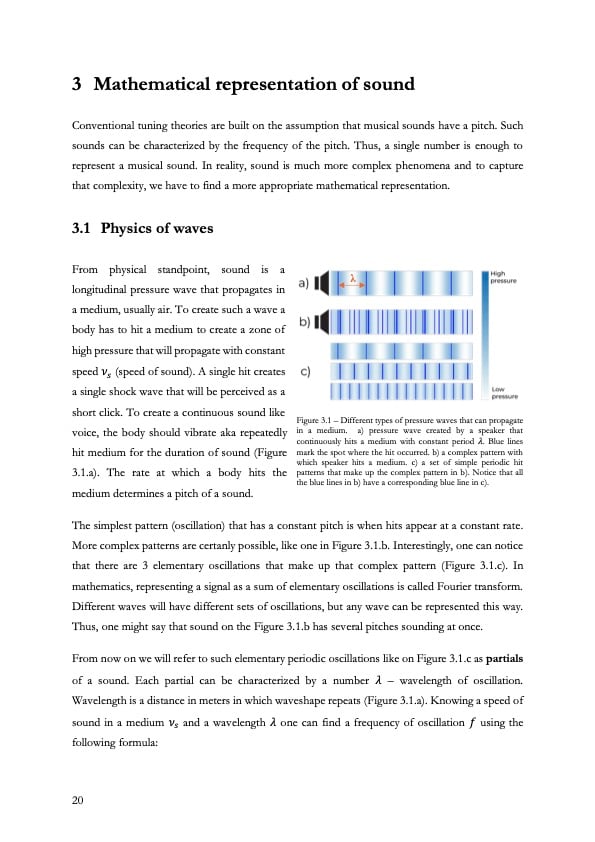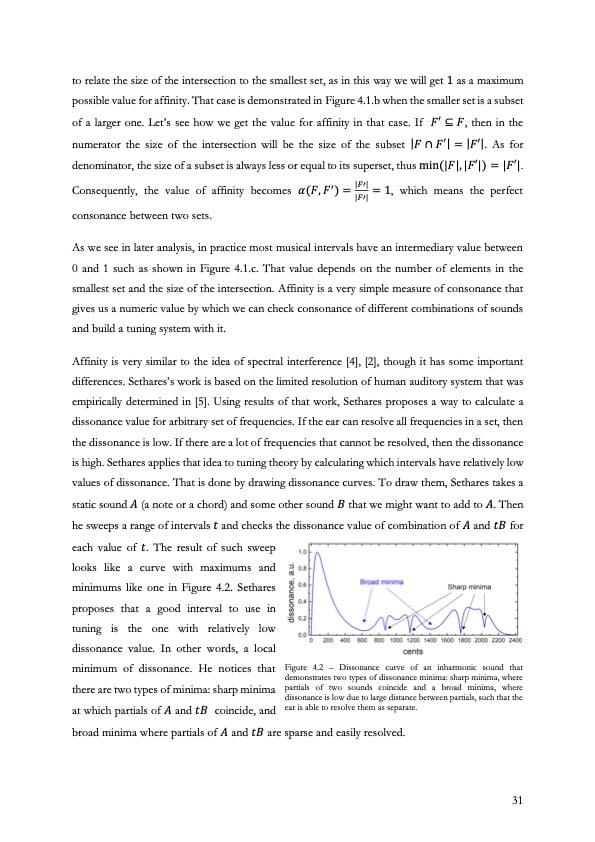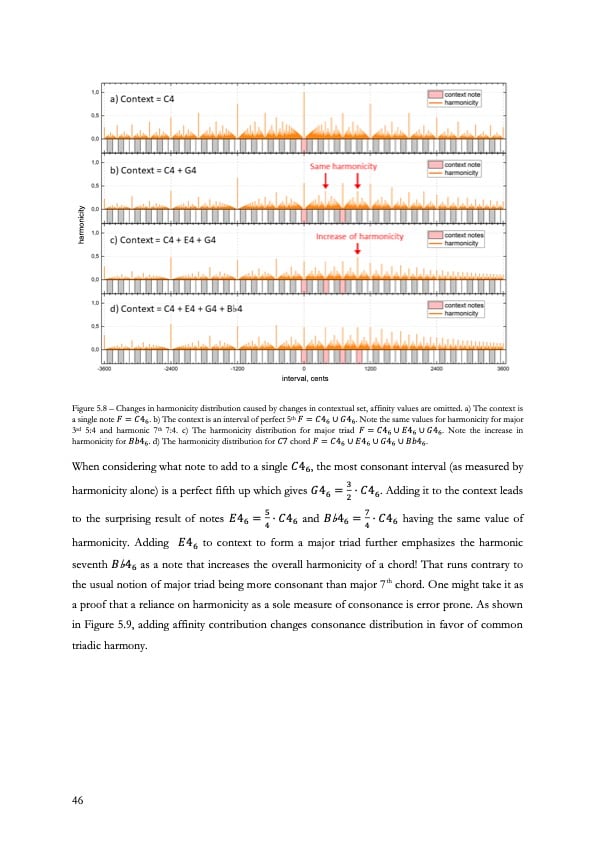This eBook is written for curious minds—those without formal training in mathematics, music theory, or tuning—who are eager to explore the deeper questions of musical structure. Though just 65 pages, it is densely packed with original insights drawn from years of independent research into tuning theory and the perception of consonance. None of the content is AI-generated; every chapter reflects a personal and rigorous investigation into this complex field.
The book incorporates recent findings from psychoacoustics while introducing a completely original approach to musical tuning based on set theory—a perspective not found elsewhere in existing literature. This set-theoretic framework offers a fresh and powerful way to understand consonance, harmony, and the structure of tuning systems.
While some of the concepts and mathematical ideas can be challenging, the book is designed to be as accessible as possible. It begins with a clear explanation of why tuning is a non-trivial problem and gradually introduces the key concepts needed to follow the theory. Each step is supported with detailed explanations, making it approachable even for those with no prior experience in the subject.
An extensive list of references is included at the end, providing a solid foundation for further exploration. Below, you'll find a brief overview of each chapter, along with screenshots that offer a glimpse into the content and style of the eBook.
